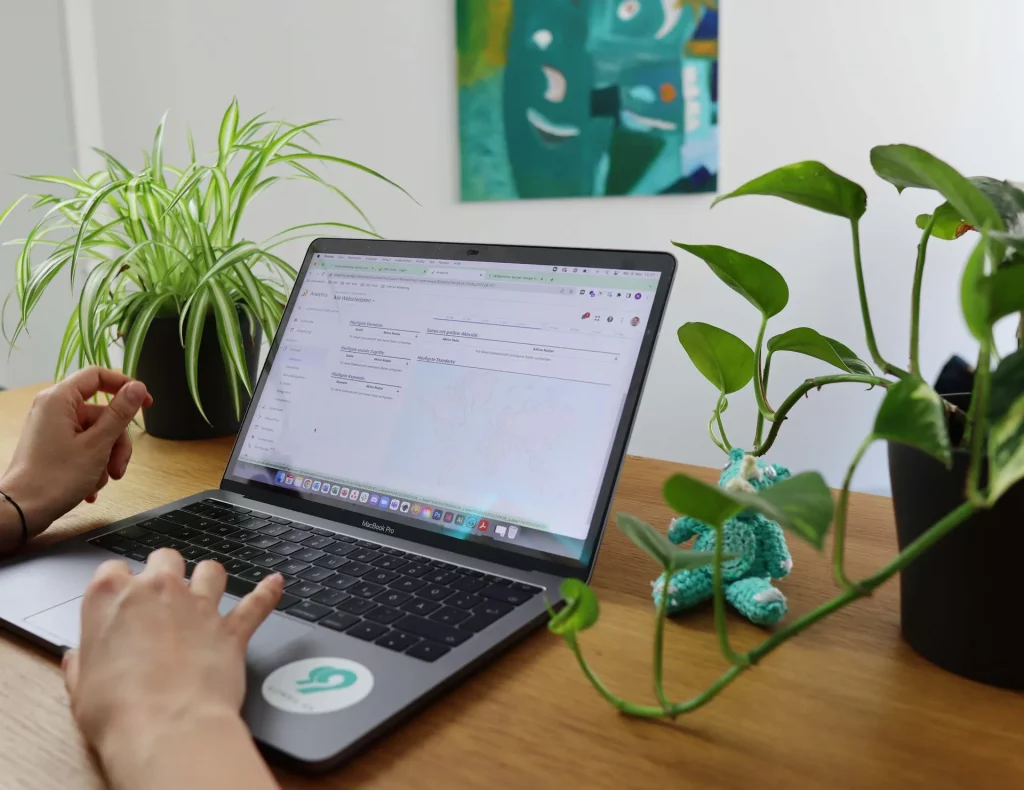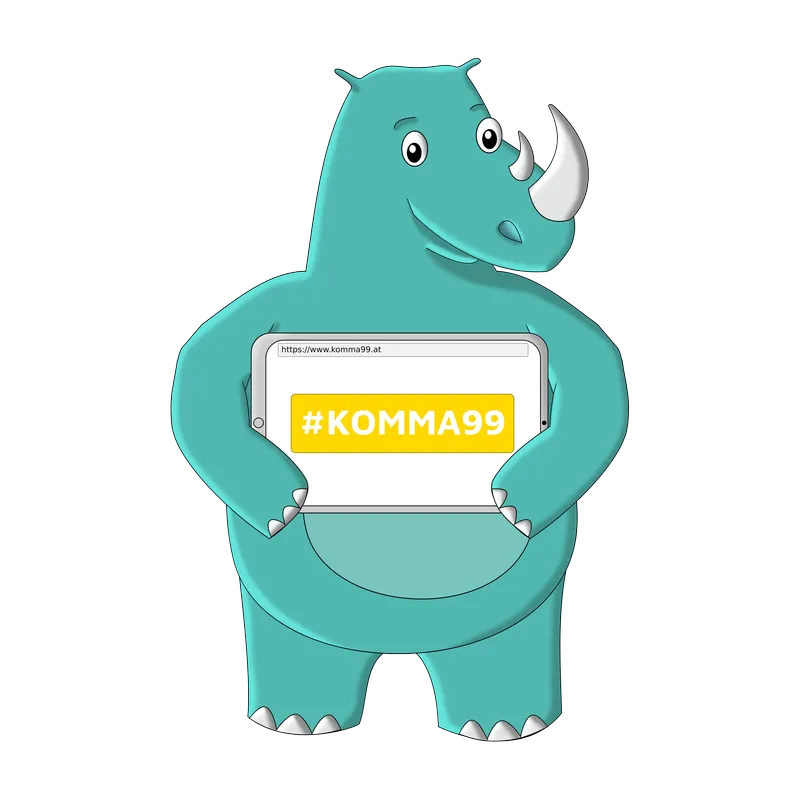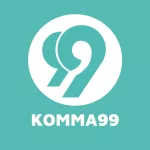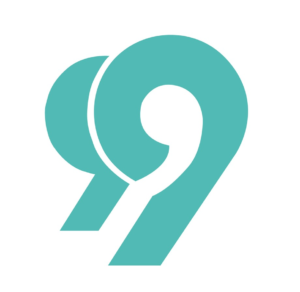This expression still comes from the time when there were for the procurement of information onlynewspapers and not yet websites. In the past "above the fold", was actually only important in the printing industry, as newspapers are folded in the middle and so they were seen in the stalls.
It was therefore important to create interest on the upper part of the newspaper, i.e. "above the fold", and to place particularly appealing images and headlines.
The term has expanded to various fields and is now also used for websites. The upper area of a website is now called "above the fold", this includes only the part that is visible to the user without scrolling. If he scrolls down, he sees the area that is called "Below the fold".
Design of the "above the fold" area
What should be considered in the design?
Unfortunately, it is not as easy to define, as with the printed version, to where the digital version of "above the fold" extends - Not all screens are identical. In addition, due to the increasing prevalence of tablets and smartphones, every website is displayed in different versions. Smartphones should be taken into account especially, because most users nowadays do not use desktops or only rarely and also for the placement in Google the mobile view plays a major role.
Unfortunately, there is no universal solution to design a website perfectly. However, you can't go wrong if you make sure that the most important content tends to be at the top of the page and is adapted to the needs of most users. Of course, you can also use different tools to find out which content of the website you will always see, regardless of the user's device.
Why is "above the fold" important?
The frequent use of smartphones and tablets is increasing and changing the way users engage with the internet. The smaller screens also necessitate frequent scrolling on web pages. This changing behavior of users due to the popular mobile technologies shapes the design, the basic concept of websites and also the placement of content.
Users have little patience. That's why it's all the more challenging to keep users interested.
An optimized Website should be "above the fold" i.e. not filled with unnecessary amount of information. This area should rather focus on the benefits of the page and explain to the user what exciting content there is to discover on the rest of the website.
There are several ways to encourage the user to scroll:
Offset columns
Content in staggered columns shows the user that there is even more information. The content or even the images are deliberately interrupted by the "fold". This encourages the user to scroll further.
Ways through the website
You can also make your visitors scroll by integrating pre-drawn paths, interrupted by the fold line, into the page.
Give hints
You can also simply point out to users directly that there is more information waiting for them at the bottom of the web page. Additionally, placing an arrow or other symbol can help to increase interest.
How "above the fold" affects SEO
From Google's point of view, you should consider the actual content of the website. do not below the fold line ("below the fold"). This is because the experience of the website visitor would suffer.
A design that incorporates "above the fold" content to a sufficient degree is not only more user-friendly, but is also often preferred by Google.
The top part of a page ("above the fold") receives the first and strongest attention of users. Therefore, this area is a popular place to place advertising banners. However, too much advertising results in lower rankings and reduced traffic. Moreover, advertising can not only move important content "below the fold", but may also exhaust the visitor's patience and diminish interest.
So when it comes to placing banner ads "above the fold," the rule is: less is more.
Conclusion
The "above the folde"-design is in nowadays webdesign very important. Especially in marketing and SEO, an appropriate design of the page is indispensable. In the past, people tried to put all the important elements of the page there. Nowadays, it's more a matter of making the To gain the interest and attention of visitors.
Users' habits are very different from those in the early days of the Internet. The different sizes and types of screens have made scrolling much more commonplace. So what is important is the visual representation that clearly tells the user that there is more content to discover at the bottom of the web page.







